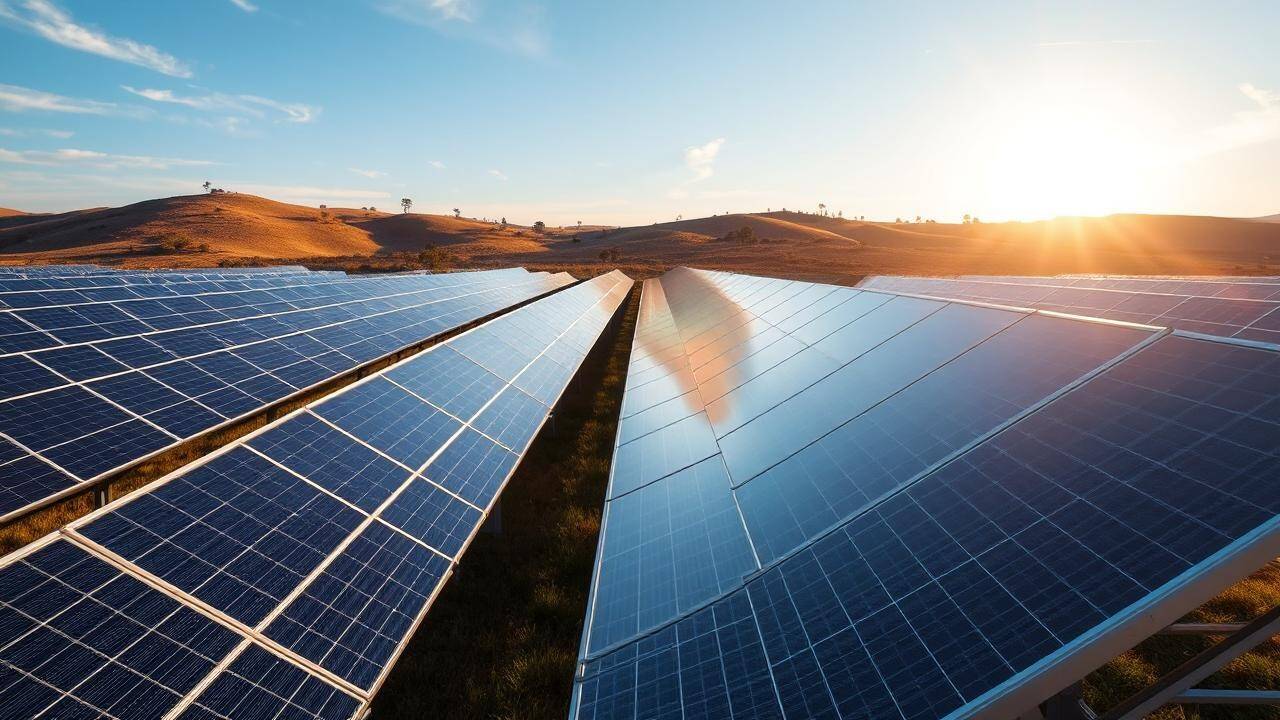
High united state tariffs and potential anti-dumping obligations on Indian solar panel exports will certainly exacerbate a supply excess in India next year as residential job bidding process slows, according to market officials and experts.
U.S. President Donald Trump’s 50 percent tolls on shipments from India will choke panel sales to its top abroad market, which accounts for 90 percent of component exports, they claimed.
The scenario might degrade even more if anti-dumping responsibilities are imposed on some manufacturers following an application filed on July 17 by United state solar firms with the Commerce Department looking for obligations on imports from India, Indonesia, and Laos.
“The 50 per cent tariff will certainly press margins, and potential anti-dumping duties will make competing in the U.S. also tougher,” said Raj Prabhu, chief executive officer of clean energy consultancy Mercom Capital.
India’s awards of solar generation jobs and brand-new tenders reduced significantly in the quarter ended June, with a consultant to the federal power ministry prompting renewable designers to bid carefully in accordance with demand growth estimates.
“We expect that India will enter overcapacity phase currently in 2026, which will certainly really feel even worse with the loss of the united state market,” stated Timber Mackenzie expert Yana Hryshko.
New Delhi’s rewards – consisting of import tasks and domestic production requireds – helped double module manufacturing capability every year to 74 gigawatts by March. State Financial Institution of India Capital Markets tasks this will certainly reach 190 GW by 2027
India’s solar module manufacturing facilities are already performing at just 25 per cent of overall capacity on average, stated Vinay Rustagi, primary business policeman of manufacturer Premier Energies
“Some business are going for 80 %- 85 per cent like us, others are going for much lower capability,” he said.
CHINA CELL IMPORTS
If anti-dumping tasks are enforced, Indian manufacturers need to either discover alternative markets or supply domestically, Hryshko kept in mind. Discovering brand-new markets will certainly be tough. Indian solar components used Chinese cells are 48 per cent extra expensive than China-made components, while those making use of Indian cells are about 143 percent extra expensive, Mercom data programs.
India has capitalised on an 82 per cent decrease in costs of Chinese cells since late 2022 and steadily increased exports of components, power think-tank Cinder said.
The neighborhood solar component manufacturing press has helped companies such as Waaree and Adani increase lucrative U.S. exports. Yet it has likewise risen solar generation costs, which are passed on to debt-laden power sellers.
India intends to mandate domestic cell use from June 2026, in spite of these costing over 3 times more than Chinese options, according to Fei Chen, an expert at working as a consultant Rystad Power.
Experts state the relocation may activate enhanced Chinese imports before the policies take effect.
“Reliance on cell imports is most likely to raise in the short term, possibly leading to stockpiling, cost spikes, and supply chain pressures,” Mercom’s Prabhu claimed.